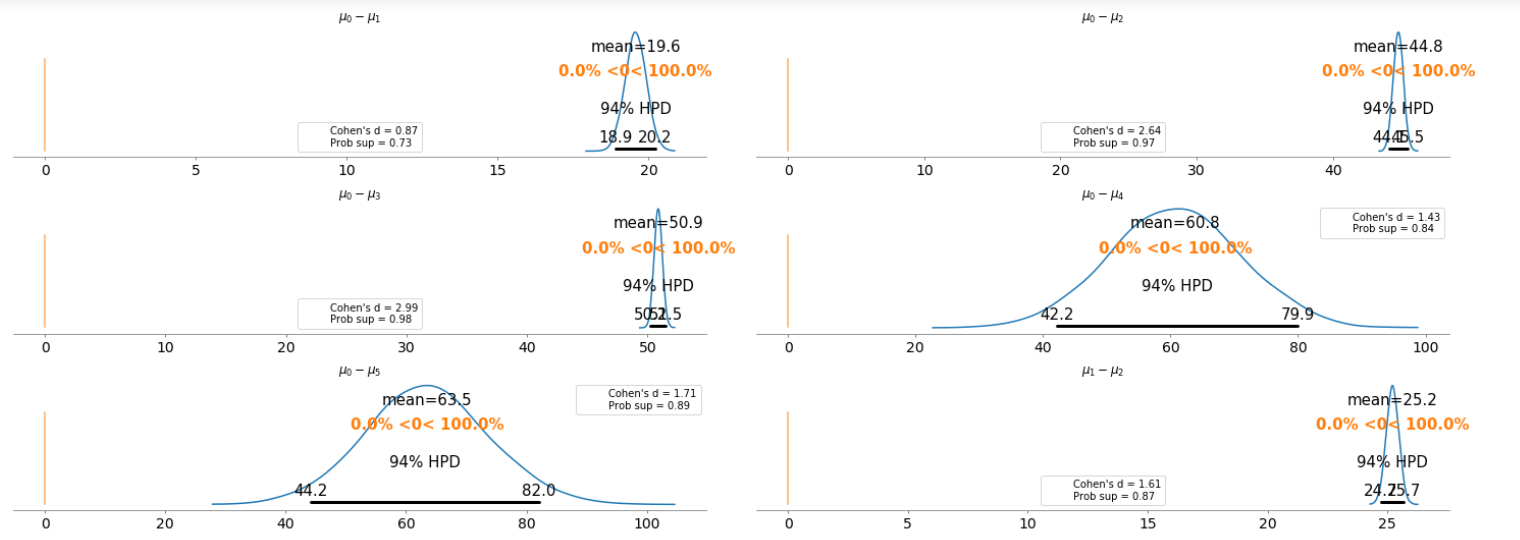Hands On Bayesian Statistics with Python, PyMC3 & ArviZ
Bayes’ theorem is a mathematical formula used to calculate the probability of an event occurring given prior knowledge of conditions related to the event.
Get more great content for data analysis with python.
Bayes’ theorem is a mathematical formula used in probability and statistics to calculate the probability of an event, based on prior knowledge of conditions that might be related to the event. It is named after English statistician Thomas Bayes, who first proposed it in a paper published in 1763. The theorem is used to calculate the probability of an event, given the probability of other related events.
Bayes’ theorem is used in many fields, including medicine, economics, artificial intelligence, and computer science. In medicine, it is used to calculate the probability of a patient having a certain disease, given the test results and other factors. In economics, it is used to calculate the probability of an economic event, such as a recession, based on prior knowledge of related economic events. In artificial intelligence, it is used to calculate the probability of a certain outcome, given the data available. In computer science, it is used to calculate the probability of a computer program running correctly, given the data available.
Bayes’ theorem is an important tool for making decisions in uncertain situations. It is used to calculate the probability of an event, given the data available, and can help to make decisions in cases where there is no clear answer. It is also used to update probabilities as new information becomes available.
Bayes’ theorem is a powerful mathematical formula used in many fields to calculate the probability of an event, given prior knowledge of related events. It is used to make decisions in uncertain situations and can be updated as new information becomes available.
Check out the full post at wikipedia.org.

